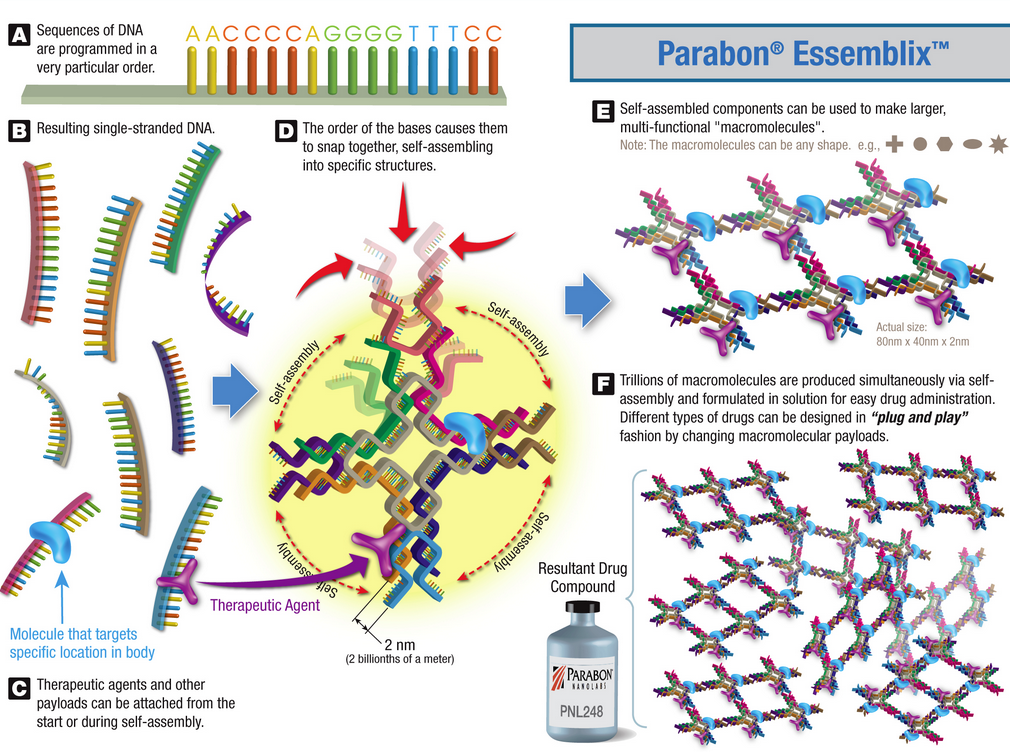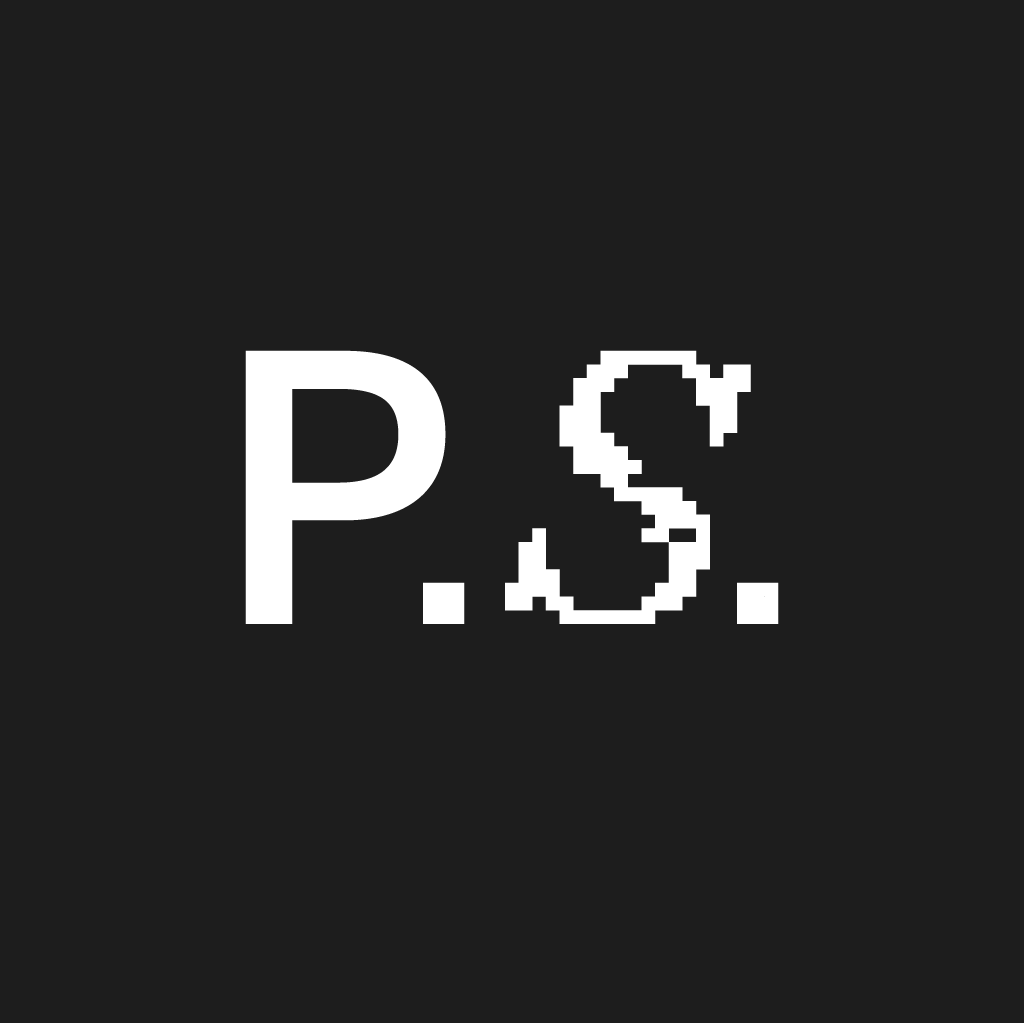Nano - fabricating Drugs with DNA
A new approach to designing drugs indicates that treating DNA as a material can spur medicinal innovation


Parabon Nanolabs and Janssen R&D have combined cutting edge DNA nanotechnology with cloud computing and computer-aided design (CAD) software to create a brand new method of designing drugs.
The process uses the self-assembly properties of DNA to create shapes designed using CAD. We last saw the modular properties of DNA used to make DNA typography, and the self assembly mechanics are the same here: certain sequences of DNA will interlock with others at right angles, allowing any shape to be designed. Control over the shape is important as molecular structure of a compound dictates how it will bind to a cell, e.g. some molecules are good at finding cancer cells while others are good at latching on to cancer cells.
Using existing knowledge of cell receptors a scientist designs the shape they want using drag n' drop CAD software. A cloud based supercomputing platform optimises the design, and searches for the sequences of DNA that can self-assemble the components. Once the sequences are determined scientists can chemically synthesize trillions of identical copies of the designed molecules, over the course of weeks or even days. This speeds up drug discovery by several magnitudes!
This new method is a departure in terms of speed and the precision engineering it allows. The speed is possible by leveraging cloud supercomputing and DNA self assembly, an interesting convergence of software and wetware technologies. It's another area where the mechanics of printing have been translated to a new medium, and it looks set to spur promising medicinal innovation.


